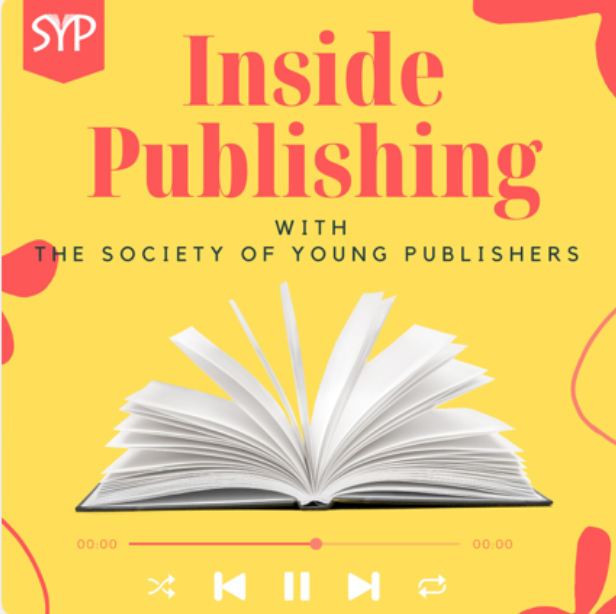
In Response To … eReaders
Posted on May 25, 2009 in Uncategorized
.jpg)
I’ve recently taken to using an eReader of sorts because I realised that, as an commissioning editor of academic books, I had for some time been publishing electronic books. However, I had no real experience in using them, either for work, or for pleasure, or the tragicomic mixture of the two that occupies so many of the committed professionals that I know and love. Plumbers use toilets and showers; electricians are accustomed to light switches. I was guilty of helping make something I didn’t use myself.
I’d seen the Sony eReader and I have recently caught a few glimpses of the Kindle on the Tube, too. A colleague received the Sony as a present. It is slim and smart, as befits a Sony, but I get the impression that it is fairly limited in its feature-set, as also befits a Sony. The PRS 700 BC model has a six inch screen that uses eInk technology – you can read in bright lights and it doesn’t depend on the viewing angle. It stores 350 books on board you can annotate and search. You can view PDFs on it with zoom and re-flow. It has backlights. The monochrome screen won’t let you do much with the planned enhanced eBooks that will feature video and sound, but by all accounts it is a smart, neat and stylish piece of kit. Alison Flood looks at one of the earlier Sony eReaders here.
The Kindle gets bashed a bit on the SonyStyle site, as you’d expect. It’s clunky frame and retro 80s desktop calculator stylings aren’t going to compete with Sony. The Whispernet network by which it delivers its book seems to be much more sophisticated that Sony’s set up and at least it can get onto the net instead of relying on USB hook ups. There is the issue of DRM that crops up in reviews – the idea of paying for content and then not being to access it if the device breaks is one that angers readers. But that’s been the situation for CDs and DVDs for a long while. If you put a slice of toast into the DVD player, you’ll be unable to watch Napoleon Dynamite until you get a new one. Same here.
I’m not reading my eBooks on any of these devices. I’m taking the cheap route and have installed Stanza on my iTouch. Of course, very recently, Stanza was bought out by Amazon, and there have been no announcements on what the future of Stanza is. So, in a way, just as I was starting to enjoy the app and its functionality, Amazon have swooped and the dominant service provider owns one of the most popular display platforms. Have a look at the comments underneath the article for more reaction – almost all of it calling attention to the monopoly Amazon are developing.
My eBooks, such as they are, have been downloaded from free, out of copyright sources like the Project Gutenberg. The first book I read on it was The Time Machine by H. G. Wells, which I thought was fairly fitting. I finished it off on the plane to and from Denver for the AAAL and sat next to a Colorado native who seemed quite enthused by it all. The pages turn with a flick of the finger and if the book is properly formatted into chapters, it re-flows very quickly and responds neatly and efficiently to a change from portrait to landscapes. You can change font, font size and it features cover art. I really like it – and with the 16GB on the iTouch, I could cram a lot of books onto it.
However, I heard something mentioned in another column that caused me to think about it a bit more deeply. The comment was about a traditional book lending the reader a little ‘private intellectual space’. I liked the notion – that the treebook as opposed to ebook generates a focus and a static area of concentration that the ebook reader can’t – or won’t. The devices are technology and net-savvy, flexible and on an enthusiastic and buoyant learning curve. They are talking points rather than finished articles. They encourage, for now, people to lean in and say something, even in third space locations like the Tube. As well as this private intellectual space, there’s the tactility of a book – the varieties of papers, the different gsm ratings, the ink, the matt and gloss covers and the different glues for the spines. There’s that smell of a new book that I love as the advances of one we’ve just published lands on my desk. I will learn, in time, I’m sure to love the eReaders, and eventually I’ll dedicate the capital to move from an adapted device – my iTouch – to a dedicated reader. For now, I flit between the two and spend half my time on wi-fi checking Facebook, Twitter and the Mobile Guardian – called in the Sunday Times this week ‘the digital equivalent of looking out of the window’. The result is me feeling guilty about how I should be reading and writing more and pondering if I was more productive before Web 2.0 arrived, or if the tidal wave of information that engaging with these technologies has just put individual and solitary output into firm and stark contrast with what groups and communities are capable of?
But shortly afterwards I head to check the New York Times feed and listen to some Junior Boys on Last.fm leaving the essay unfin —




 Listen to the podcast
Listen to the podcast  Explore the Youtube channel
Explore the Youtube channel